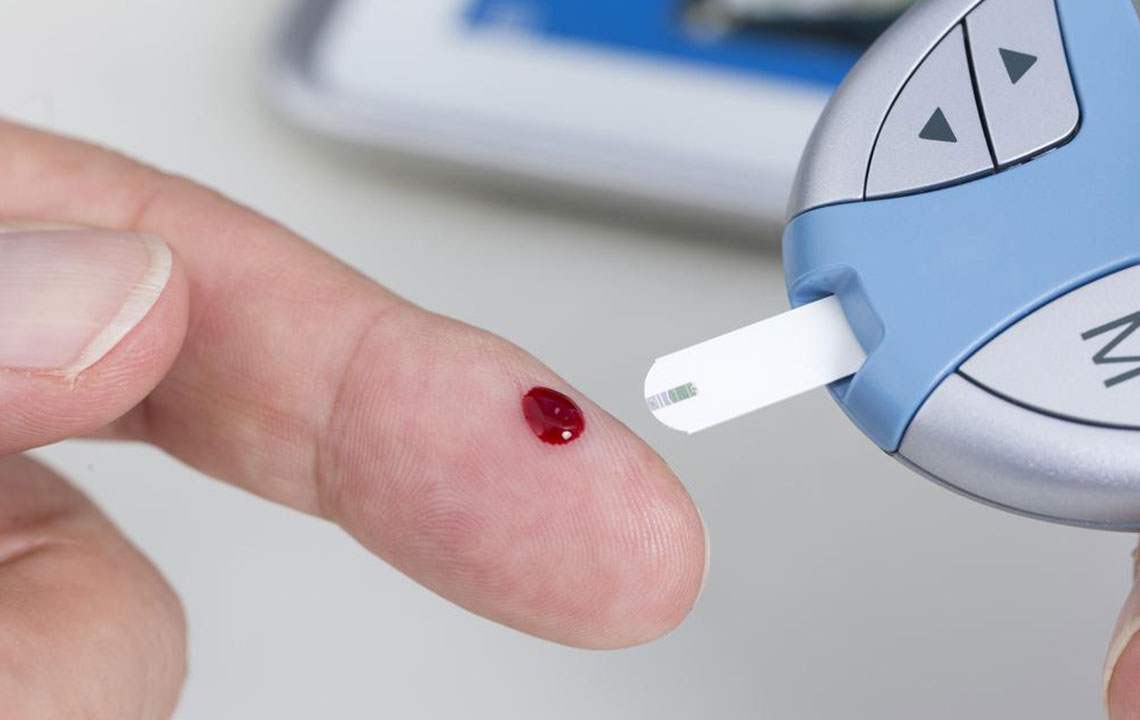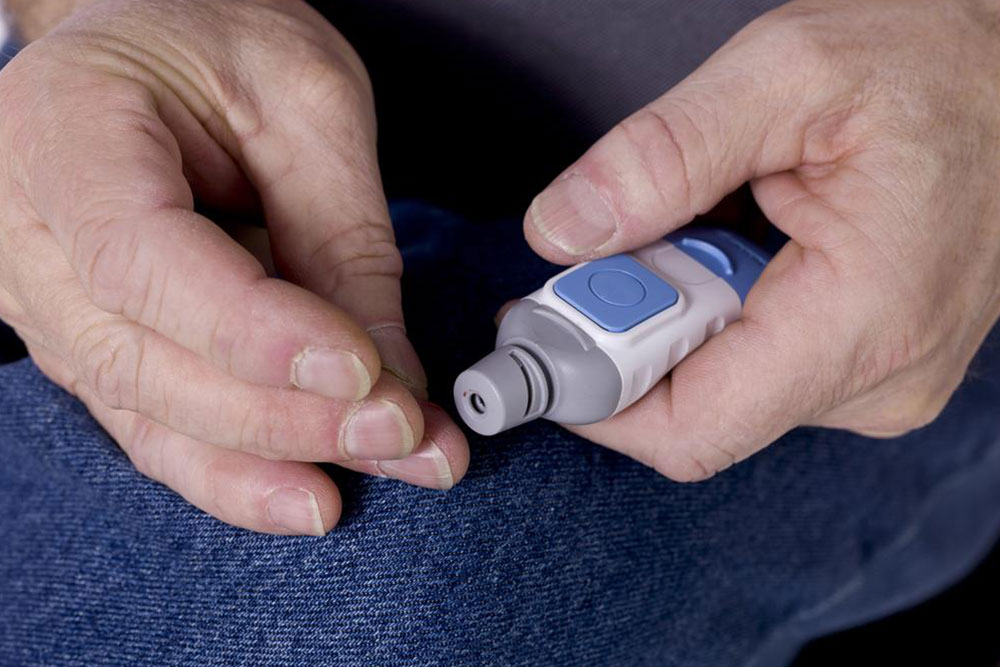Effective Strategies to Reduce A1C Levels and Manage Diabetes
Discover practical and effective strategies to lower A1C levels and better manage diabetes. This guide emphasizes lifestyle changes, diet, physical activity, weight management, and medical consultation to improve blood sugar control. Incorporating these steps can significantly reduce the risk of complications and promote long-term health benefits for diabetics.

Practical Ways to Lower Your A1C and Control Diabetes
Diabetes is a long-term condition that can lead to serious health issues if not managed properly. Often asymptomatic in early stages, regular blood sugar testing is essential. For those with a family history or risk factors, proactive testing can prevent complications. The A1C test reflects average blood glucose levels over two to three months and helps evaluate diabetes control. An A1C of 6.5% or higher indicates diabetes. Here are proven methods to help reduce your A1C levels and improve overall health.
This blood test indicates your average blood sugar over a couple of months. Maintaining lower A1C levels minimizes the risk of diabetes complications. The test's advantage lies in not requiring fasting and providing an overview of your blood sugar management over time, rather than a single measurement. To prevent or manage high A1C levels, incorporate regular physical activity, balanced diet choices, weight management, and medical guidance. Small lifestyle changes can have a significant impact on your health and diabetes control.
Stay physically active
Engaging in regular movement is crucial for diabetes management. Activities like indoor cycling, walking your pet, sports, or outdoor biking can help. A quick 20-minute walk after meals effectively lowers A1C. Experts recommend even brief movement sessions following work periods. Consistent activity supports blood sugar regulation and overall health.
Optimize your diet with proper portion sizes
Include antioxidant-rich vegetables such as spinach, broccoli, carrots, and tomatoes to control blood glucose. Incorporate low-fat yogurt, flaxseeds, and teas like green or black, which contain beneficial flavonoids. Nuts are healthy but should be eaten in moderation due to calorie content. Fruits like berries, apples, melons, and citrus provide antioxidants and essential nutrients but should also be consumed mindfully to maintain blood sugar balance.
Control carbohydrate intake
Monitoring carbohydrate consumption is vital. Aim for 45–60 grams per main meal and 15–30 grams per snack. Using a food chart can help track and adjust your diet effectively, aiding in lower A1C levels and better blood sugar control.
Achieve and maintain a healthy weight
Regular weight monitoring and weight loss of 5-10% of excess body fat can reduce diabetes risk significantly. Fad diets are less effective; focus instead on sustainable lifestyle changes for long-term health benefits.
Follow a personalized medical management plan
Consult your healthcare provider to develop a tailored plan that includes medication schedules, target blood glucose levels, emergency contacts, and routine monitoring. Keeping detailed records helps your doctor assess your progress and make necessary adjustments. Never modify medications or treatment plans without professional guidance.
Quit smoking
Smoking increases risks for heart disease and strokes, especially for diabetics. It also elevates A1C levels and hampers overall health. Quitting smoking is crucial for improving blood sugar levels and reducing long-term complications.
Consider supplements cautiously
Natural supplements like aloe vera have shown promise in lowering A1C levels, according to clinical research. They may offer affordable alternatives or adjuncts to traditional treatment but should be taken under medical supervision for safety and effectiveness.










